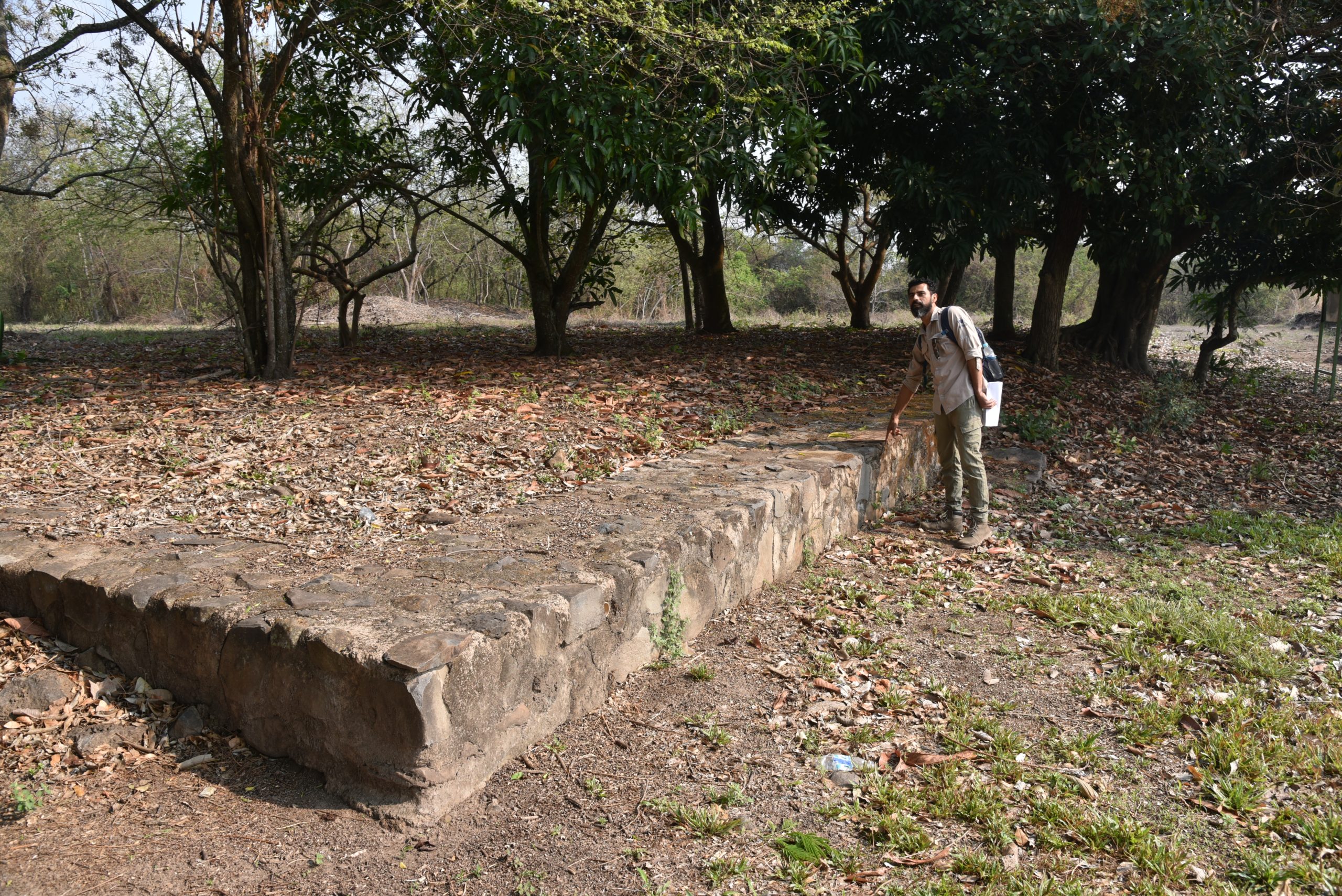It’s been an eventful and, in some ways, tough year for me. I rebased to Washington after two years in Australia, and then my Mom, Nancy Atwood, died in April. We were more than mother and son. We were literary collaborators, co-editing an anthology of American memoirs that was published in 2019 by the University of Georgia Press and is widely used as a text in creative writing and social-sciences classes. I miss her terribly. I’m glad our book has done well, thanks in large part to our wonderful editor at UGA Press, Bethany Snead.
An article I worked on through all these milestones has finally come out, in Archaeology. It’s on Ciudad Vieja, El Salvador. I’m usually not too interested in Spanish colonial sites, but this one is really special. Spanish conquerors founded the city in 1528 at the moment of contact and populated it mainly with subjugated Indigenous people, and then it was abandoned for reasons that are not entirely clear. The site has sat virtually untouched ever since, making it an absolute gold mine for archaeologists trying to understand the changes that engulfed the Indigenous peoples of the isthmus in the sixteenth century.
In this article, I’ve tried to keep the emphasis on the Indigenous folk who lived in this strange city and experienced the cataclysm that came with it, not on the colonizers. It’s easier to write about the colonizers. You have more information to work with. They left written documents, they bragged endlessly about their exploits, and their buildings were more likely to be made of stone than those of the local people, whose structures were generally made of perishable, organic materials. The European colonizers are somehow easier to understand for a modern, Western writer. Yet through the archaeology — and only through the archaeology — we can gain insight into the lives of the Indigenous majority in this remarkable site, and that’s a much better story.
Archaeologist David Messana (above) of El Salvador’s David J. Guzmán National Anthropological Museum gave me a fascinating tour of the site in April and interviews. This picture shows the excavated foundations of the site’s Spanish cabildo (town hall).

